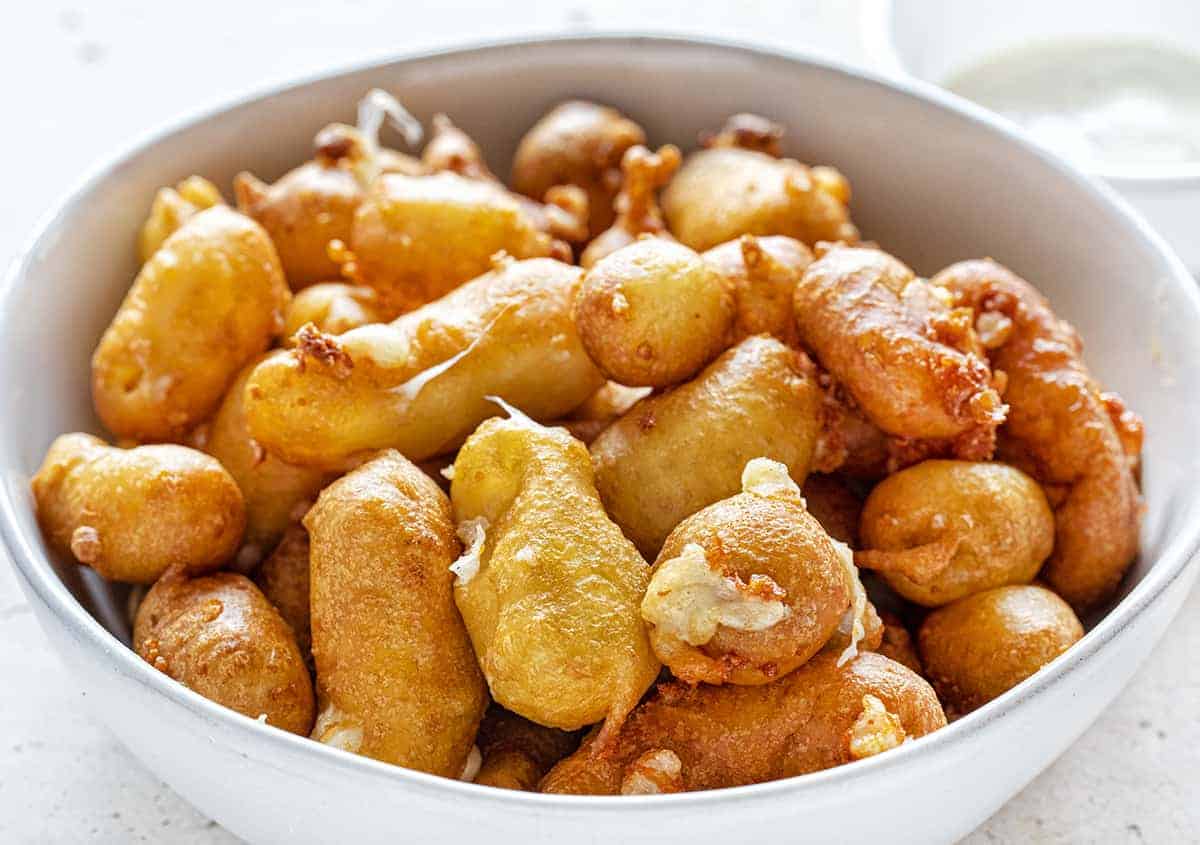Cheese curds might not be the most high-end food at the table, but when you’ve had a taste of their squeaky, salty deliciousness—fresh or fried, preferably—you’ll see why they’re beloved by so many. These small pieces of immature cheese are more than a provincial specialty; they’re a snack food, a comfort food, and an icon of culture—particularly in the American Heartland and certain areas of Canada.

Whether consumed fresh, sprinkled over poutine, or battered and deep-fried to golden goodness, cheese curds are worth a moment in the spotlight. Let’s get into what they are, where they’re from, how to eat them, and why they’ve become a favorite in so many cheesy hearts.
What Are Cheese Curds?
Cheese curds are the soggy fragments of milk curds that are produced as part of the cheesemaking process—basically cheese building blocks. Milk (often using rennet and bacterial culture) coagulates into solid curds and liquid whey. Press the curds, age them, and they turn into cheese. but interrupt it halfway through and you get cheese curds.
They’re crisp, a little rubbery, and emit a characteristic “squeak” when you chomp down—a giveaway to their freshness. Generally mild in taste with a nice tang, cheese curds are best eaten within a day or so of making.
A Midwestern Delicacy
Cheese curds are perhaps most famously linked to Wisconsin, which is commonly referred to as “America’s Dairyland.” Indeed, numerous Wisconsin cheesemakers sell curds directly to locals and tourists as a fresh snack. They’re also a staple in Quebec, Canada, where they’re a central ingredient in the popular dish poutine—curds heaped over fries and topped with brown gravy.
Outside of Wisconsin, you can find cheese curds enjoyed in Minnesota, Iowa, Michigan, and New York and Vermont, where dairy farming is a staple.
The Squeaky Science
Have you ever wondered why cheese curds squeak?
The squeak is a result of the protein structure in extremely fresh curds. When you bite into one, the casein protein’s long strands (a milk protein) scrape against your teeth, producing that squeaky sound. As the curds age and dry out, they lose their squeak—so for the full effect, freshness is important.
If your curds have softened a bit, you can microwave them for 5–10 seconds to restore a little squeak (but it’s never the same as fresh).
How to Eat Cheese Curds
There is no wrong way to eat cheese curds, but here are a few favorites:
1. Fresh and Uncooked
Straight from the bag or from the cheesemaker
Sometimes lightly salted
Perfect for snacking, road trips, or charcuterie boards
2. Deep-Fried Cheese Curds
Breaded or battered, and fried golden
Crisy exterior, gooey interior
Served for dipping in ranch or marinara sauce
Always a fair and festival favorite as well as popular at breweries
3. Poutine
Canada’s pride and joy
Hot gravy and cheese curds covering French fries
Melts curds enough, but not necessarily all the way through
Is comfort food perfection
4. Cheese Curd Pizza or Casserole Topper
Drops a creamy, chewy bite
Serve best baked till just warm and soft
Home Fried Cheese Curds Recipe
Want to make the iconic deep-fried version at home? Here’s a simple recipe:
Ingredients:
1 lb fresh cheese curds
1 cup flour
1 tsp baking powder
1/2 tsp garlic powder
1/2 tsp salt
1 egg
1 cup buttermilk or cold water
Oil for frying (vegetable or canola)
Instructions:
Heat oil to 375°F (190°C) in a deep fryer or heavy pot.
In a bowl, whisk together flour, baking powder, garlic powder, and salt.
Whisk in the egg and buttermilk until smooth.
Dip each curd of cheese in the batter, ensuring it is coated completely.
Fry in batches until golden brown (1–2 minutes).
Remove with a slotted spoon and drain on paper towels.
Serve hot with ranch, spicy aioli, or marinara.
Are Cheese Curds Healthy?
Cheese curds are a dairy, therefore they contain more protein, calcium, and fat. Any type of cheese should be eaten sparingly, naturally. The curds made from fresh products will have less in the way of preservatives compared to cheese processed into foods. These then constitute a mildly improved whole-food favorite for food lovers.
Now all this notwithstanding, yes, deep-fried cheese curds certainly qualify as indulgences—good ones well worth enjoyment, nonetheless, periodically.
“Curd Capital”: Ellsworth, Wisconsin is officially the “Cheese Curd Capital of Wisconsin” and even has an annual Cheese Curd Festival.
Squeaky Standard: In Wisconsin, curds that don’t squeak are old news.
They come in colors: While white curds are most common, some are dyed yellow-orange with annatto for aesthetics.
Fresh is best: Curds generally have a shelf life of 1–2 days at room temperature before they lose their texture and squeak.
Conclusion
Cheese curds are proof that sometimes, the simplest foods bring the most joy. With their squeaky texture, rich dairy flavor, and versatility in the kitchen, they’ve earned their place in both American and Canadian cuisine. Whether you’re popping them fresh or enjoying them golden and fried, cheese curds are the ultimate celebration of cheese in its most playful form.
The next time you see one of these bags at a farmers market, dairy store, or fair—don’t dismiss them. You may have just found your new favorite treat.

Leave a Reply